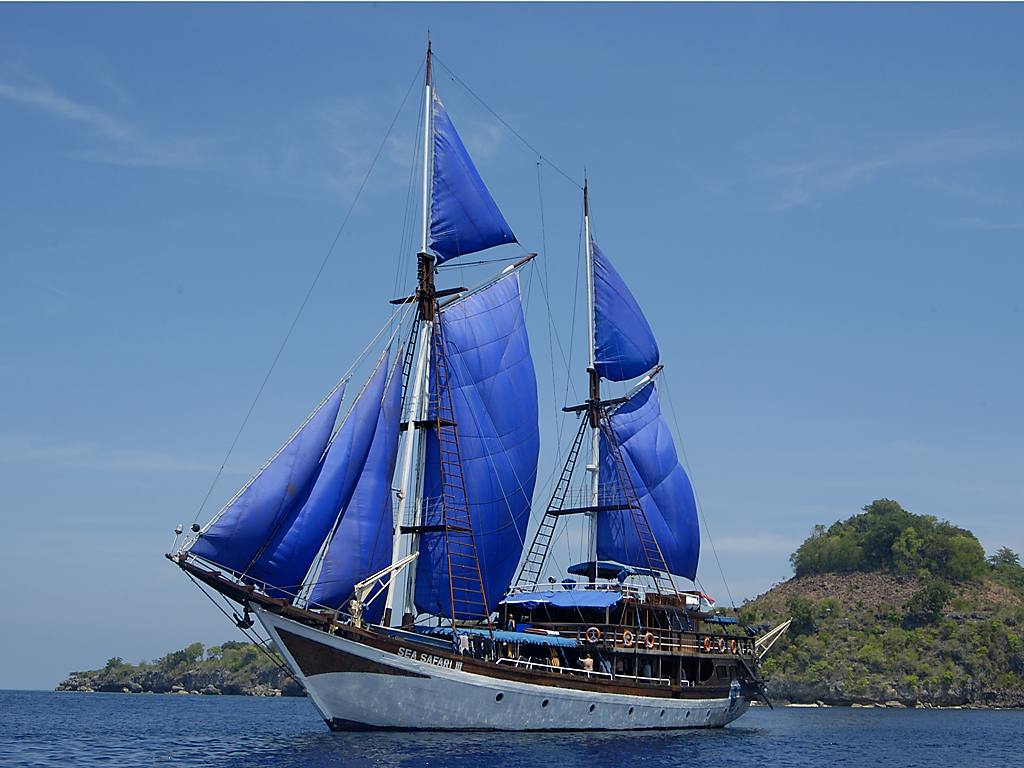Social and political support and partnership
Students on the Kalabia, a floating marine school in the Bird's Head Seascape. Copyright Conservation International, photo by Keith Lawrence.
BHS Parnters at a Coalition Meeting. Copyright Conservation International.
To build social and political support, CI formed a coalition of partners across the seascape. We actively engaged with 90+ scattered coastal communities to build trust and community support, while exchanging ideas on the sustainable use of natural resources and conservation benefits. Through various innovative communication and education strategies, the team was able to amplify their impact towards community awareness and commitment for marine conservation over a large geographic scale. The team trained community conservation officers for each village and equipped religious leaders with environmental training, enabling them to disseminate conservation messages widely. The team cultivated conservation champions throughout the region, slowly working to shift attitudes toward resource use and conservation. The marine conservation movement extended across the entire Seascape through a wildly popular conservation radio program and a floating classroom that traveled around the region delivering experiential learning. The outreach efforts were even more successful then anticipated, leading to relatively quick action by the local communities and government. Together they established Indonesia’s first MPA network.
• The overall strategy for the BHS worked well in a Melanesian cultural context that values tenure of the sea.
• Any seascape initiative requires the lead agency and partners to be committed for engaging for a significant period, to have a long-term strategy and vision.
• Significant funding and commitment of a donor to partner long-term to achieve seascape scale success.
Partnership was central to the BHS and allowed conservation to occur on a truly seascape scale. In 2004 Conservation International (CI) forged an unprecedented collaboration with The Nature Conservancy (TNC), and WWF-Indonesia in Papua, launching the Bird’s Head Seascape Initiative. The Partnership has expanded over the years to include over 20 central partners, most of which are local institutions.
The integration of community aspirations into MPA network design process, i.e. focusing on enhancing sustainable local fisheries (food security) and the strengthening of traditional resource user rights, culture and tenure, led to rapid declarations of the BHS MPA network.
